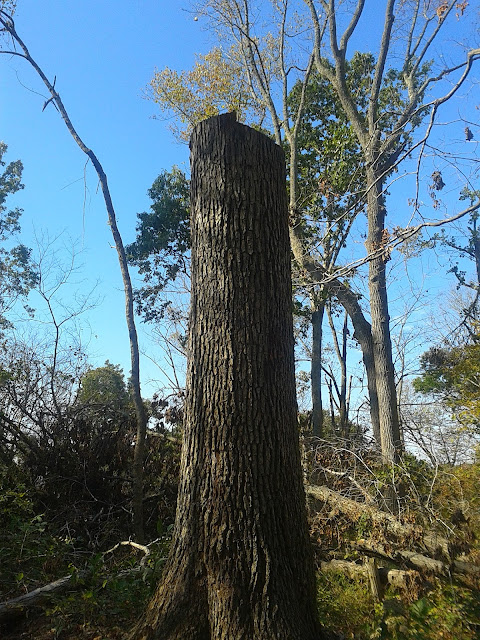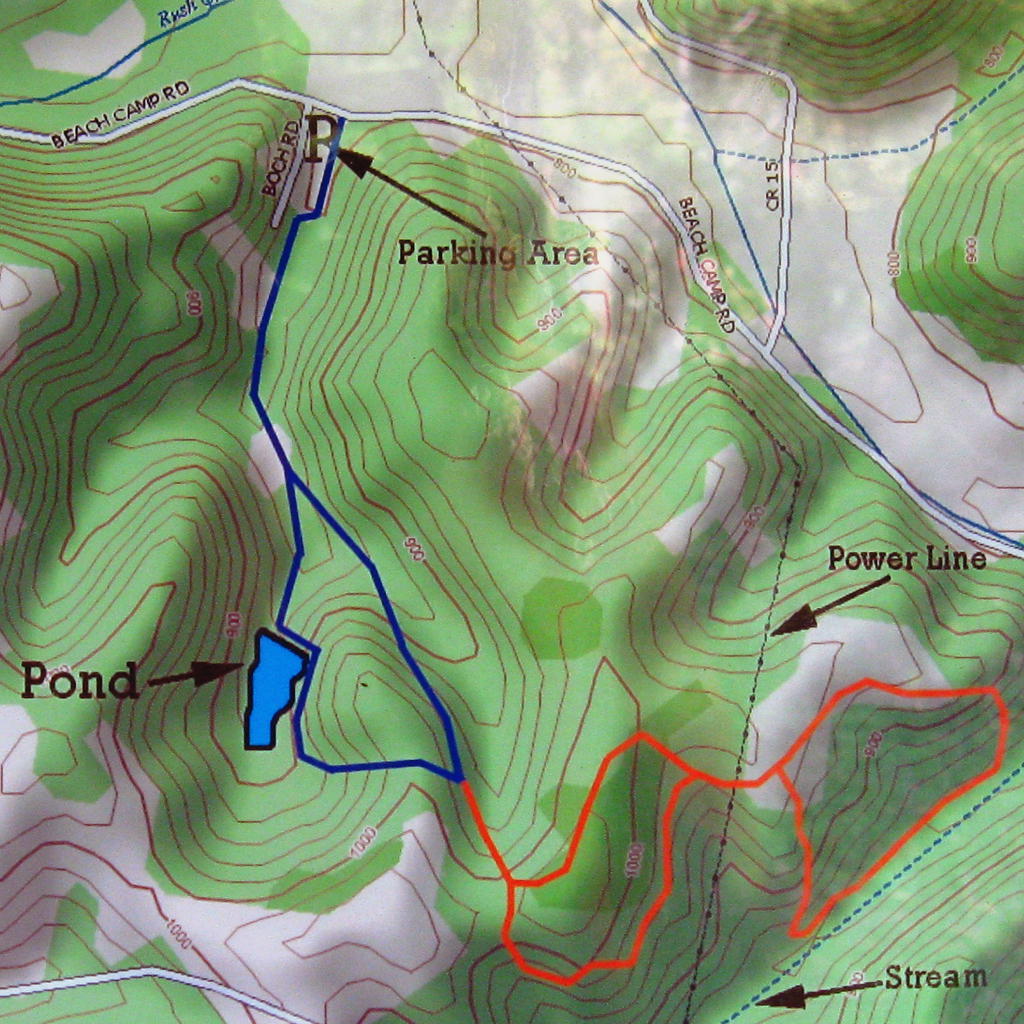As the picture shows
Twin Creek is part of the Five Rivers MetroParks which are in the Greater Dayton are. Twin Creek is southwest of Dayton. There are two larger loop trails and these are made up of smaller loops. For example, the Orange Trail is 6 miles and there are five other trails between 1.1 and 2.9 miles that mostly coincide with the Orange Trail except for a short connector section to make them loops (look at the map to see how bad of a job I did explaining it). The two other parks in the system that I have hiked also have a similar trail layout.
On Saturday, January 30, I hiked most of the 6-mile Orange Trail and the 2-mile White Trail. The south parking lot on Chamberlain Rd is the trailhead for both trails so that is where I parked. I will always park there because of an experience I had previously. I hiked the Orange trail on a day when it was 15 degrees when I started hiking and didn't get much warmer. I also started at the south lot and hiked the half of the loop along the creek first. I dressed for the weather and was fine until I hiked out of the valley and to the top of an exposed and very windy hill. The other parking lot is called High View and is not misnamed. Cold temperatures and strong winds do not mix well. Now when I hike (no matter what the weather) I avoid the High View by turning left at point 10 and follow the Blue Trail to point 1.
But enough about me, on this hike the temperature was about 30 degrees to start, warming to the 50's by the time I finished. The mud was frozen for the first half of the Orange Trail and a sloppy mess after that.
I started out going to the right (counterclockwise). The trail goes through a slightly hilly area that is reverting to forest. There is a lot of cedar here.Then the trail reaches a level area.
This area has been mowed recently, although hopefully this will be allowed to follow the path (pun intended) of the hillier areas to returning to forest. But you don't have to wait because the trail turns right and enters existing forest and passes the remains of the 2000 year old Carlisle Fort.
The trail continues along as the ravine on the right gets deeper. It is a pleasant and scenic hike. Don't let my lack of pictures dissuade you of that. The trail then winds down to the creek that gives the park its name. It looks something like this:
That picture was taken looking downstream. The trail goes upstream with the creek on your right and a field on the left. After you pass point 7 the trail crosses a small stream. It was still frozen and very scenic.
The trail goes along the creek through a riparian forest. The riparian zone is the lowland along a creek or river that occasionally floods, usually in the spring. This area is mostly cottonwood, sycamore and box elder and it continues for the next mile.
Some of the sycamores are large and contorted into strange shapes. Sometimes the sun is angled correctly and you can capture the bright white limbs against the deep blue cloudless sky.
 |
| A couple more pictures of Twin Creek |
I turned left at Point 10 and as the trail went uphill the tree species changed. By the time I got to the top of the short climb uphill I was surrounded by oaks and maples and beeches. The band was back together. After a couple tenths of a mile of decent upland hardwood forest the trees start getting smaller and there are more black cherry and black locust. Beyond that you get back into the cedar similar to how the hike started. You just walked backwards in time (or you would have had you been with me). The forest type changed and then got progressively younger. Nothing earth-shattering but it is one of the things that I pay more attention to on winter hikes.
And then, after turning left at Point 1 to avoid High Winds...... err, View and Passing Point 2 the process is played out again, this time the forest gets older as you go. This cycle happens several more times with a trip by Dogwood Pond thrown into the middle of it all.
 |
| Partially frozen Dogwood Pond |
|
|
After passing Point 5 the trail stays in the cedar/ early successional forest and, as it was now over 50 degrees, gets progressively muddier. It was like walking back in time to when animals first climbed out of the ocean. Perhaps a bit of an exaggeration and over-dramatization but at times I felt like I was ice skating, except that I didn't fall. Can't say the same about my futile attempts at skating.
After a brief stop at my car to dump all the layers of clothing I had shed as the temperature increased by 20 degrees I crossed Chamberlain Rd into the southern section of the park. This used to be a Boy Scout camp until 1991, and was purchased by MetroParks in 1997. There are still a lot of remnants of human activity in this section of the park. I stayed on the White Trail instead of the slightly longer Purple Trail because I remember the latter as being muddier and I had enough of mud at this point.
At this particular time I should probably say something about emerald ash borer, so here it goes: EAB has killed millions of ash trees and many of them are along the Silver Trail. Ash trees get brittle and fall a part quickly after they die (As opposed to oaks, which can retain dead limbs for many years. I will talk about this in an upcoming post about Englewood Metropark). Until they remove these trees they are a hazard, especially when it is windy, i.e. March and April.
So, why am I bothering to mention this muddy hazardous hike? Because a year and a half ago it wasn't muddy or hazardous when I hiked it. It was a sunny late October day, 50-something degrees with a light breeze rustling the multicolored leaves before blowing through the few remaining hairs on my head. It was perfect weather. I had hiked at nearby Germantown Metropark and had the time for another couple miles of Fall Color. I had just feasted on beef jerky and coffee on the ride between hikes. In short, it was the kind of day that could make (insert your favorite horrible, devastated landscape) seem beautiful.

And what do I post a picture of? A partially frozen stream that is flowing under the ice into Lake George. Obviously not a lake - just a tiny little pond. I didn't name it so don't blame me. It was the most scenic photo I took on this late January day. The only other option was a photo of a really old, mostly dead sycamore. Trust me, between Point 14 on the map and Lake (Pond) George there is some good fall color at the right time of the year.
So, this blog is supposed to help people decide when to hike. Don't hike Twin Creek in the winter when it is above freezing - it is too muddy. If you hike in the winter when it is well below freezing avoid High View - too cold and wind-chilly. Otherwise, watch out for falling ash trees and limbs in the southern section.
 |
| A photo of a really old, mostly dead sycamore |


















































